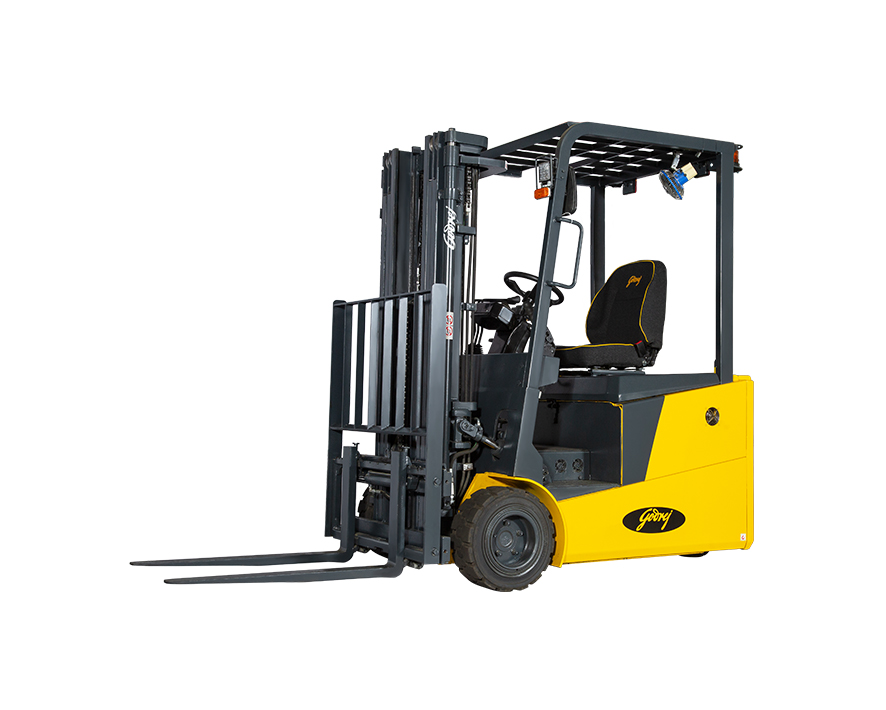The benefits of using forklifts in warehouses and storehouses are enhanced productivity, manoeuvrability and reduced human labour. Warehouse owners must understand the different forklift types before buying one to help perform different functions. After all, what works for one warehouse might not work for another, so learning the different forklift styles is paramount.
To make selection easier, experts highlight two models: the 3-wheel forklift truck and the 4-wheel forklift truck. Below is more information about these forklifts, including their differences. It will help choose the best for businesses based on functionality.
The 3-Wheel Forklift: What Is It?
As the name suggests, 3-wheeled forklifts have three wheels instead of four, making them usable in smaller warehouses with tighter spaces and narrow aisles. Ensure your warehouse accommodates this equipment before determining the electric forklift price in India, especially for 3-wheeled forklifts.
Quick and easier load handling are some benefits of using a 3-wheeled forklift in warehouses. Here are more reasons to get it for your warehouse:
3-Wheeled Forklifts: The Pros
· 3-wheeled forklifts are best for tight spaces
· They have a smaller turning radius
· They have two wheels at the front and one in the back
· This makes them more effective as they offer better manoeuvrability
· They are ideal for use indoors and have low maintenance costs
Unfortunately, despite the many benefits of the 3-wheeled forklift, warehouse owners must be aware of the cons. Firstly, these forklifts have lower lifting capacity. On top of that, they are unsuitable for use outdoors.
The 4-Wheel Forklift: What Is It?
This forklift is the most common in many warehouses and storehouses, especially those dealing with heavy loads. The forklifts have four wheels instead of three, are built more ergonomically to perform their functions better and are perfect for warehouses with enough space and clear and wide aisles.
4-Wheeled Forklifts: The Pros
Here are the benefits of using this equipment:
· These forklifts have sturdier designs
· The four wheels make it more stable
· Four-wheeler forklifts access rough terrains and uneven surfaces
· They are perfect for outdoor use
Still, these forklifts aren’t 100% perfect. Owners must be aware of their cons when using them in a warehouse. They have high maintenance costs, large turning radiuses, and high fuel consumption for non-electric forklifts.
3-Wheeled vs 4-Wheeled Forklifts: Which to Choose?
Do you choose a 3-wheeled or 4-wheeled forklift for your warehouse?
Firstly, these warehouse forklifts are perfect in their own right. It depends on the workload in the warehouse. The benefits and disadvantages of each forklift are clear, so choose one based on what you need the forklift to do.
The three-wheeler is the best choice if the warehouse has minimal space and handles minimal loads. On the other hand, storehouses dealing with heavy loads, uneven terrain, and large storage spaces benefit more from 4-wheeled forklifts.
Also Read: Three Factors Affecting The Battery Life Of Your Electric Forklift
Understand the requirements of a forklift every workday. By doing so, you understand the forklift that will work best. If you’re unsure, talk to experts to help arrive at the best decision.



Recent Comments